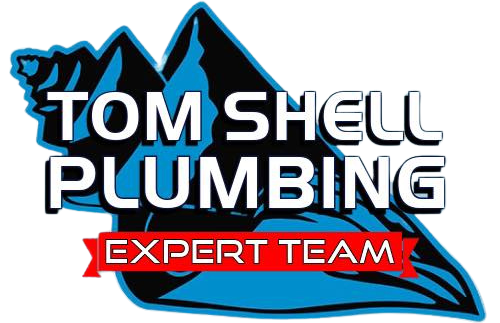Imagine a world where your pipes can be repaired or replaced without the need for extensive digging and disruption. Welcome to the future of plumbing with trenchless pipe repair and replacement. This modern solution is changing the game for homeowners and businesses alike, offering efficient and effective results with minimal impact on your property. This technology allows for the seamless repair and replacement of pipes using advanced methods that prioritize convenience and innovation.
A Journey Through Time
The journey began with rudimentary methods that often caused more damage than good. Early techniques involved invasive digging and significant property disruption. However, the quest for better solutions led to groundbreaking advancements in the 1970s when the technology first emerged. Engineers and innovators developed methods like pipe bursting and relining, transforming the way pipes were repaired and replaced. Over the decades, these techniques have been refined and perfected, making trenchless technology a staple in the plumbing industry. Today, it stands as a testament to how far we have come in our pursuit of efficiency and minimal disruption.
Trenchless pipe repair and replacement involve innovative methods that allow for the repair or replacement of underground pipes without extensive digging. The process begins with a thorough inspection and assessment, often using advanced camera technology to identify the problem areas. Once the issues are pinpointed, the next step involves cleaning and preparing the pipes for repair or replacement. This may include removing debris and ensuring the pipes are ready for the next phase. The final step is the installation or finalization, where techniques like pipe bursting or relining are employed to either replace the damaged pipe or reinforce it from within. These methods ensure a durable and long-lasting solution, avoiding the pitfalls of traditional pipe repair.
A Modern Plumbing Marvel
One of the most significant advantages is the minimized disruption it offers. Unlike traditional methods that require extensive digging, trenchless techniques leave your landscape intact, preserving your property’s aesthetic appeal. Financially, trenchless solutions are a smart choice. They often result in lower overall costs due to reduced labor and restoration expenses. Furthermore, the durability and longevity mean fewer future issues, providing long-term peace of mind. Choosing trenchless technology is an investment in quality and efficiency.
For homeowners, it can be a game-changer. This modern method not only enhances property value but also offers a less invasive alternative to traditional pipe repair. You can have your pipes fixed without the need to tear up your beautiful garden or driveway. Trenchless technology is also environmentally friendly, reducing the carbon footprint associated with extensive digging and waste. By opting for trenchless solutions, homeowners can enjoy a more sustainable and convenient approach to plumbing.
Businesses, too, stand to gain immensely from trenchless pipe repair and replacement. One of the primary benefits is the minimal downtime associated with these methods. Traditional pipe repair can disrupt business operations for days, if not weeks. In contrast, trenchless technology ensures that businesses can continue functioning with minimal interruption. The long-term cost savings are another significant advantage. By reducing the need for extensive repairs and restoration, businesses can save money while maintaining their infrastructure. Additionally, trenchless methods help businesses meet health and safety regulations, ensuring compliance and avoiding potential fines.
Frequently Asked Trenchless Pipe Questions
Q1: How does trenchless pipe repair work if my pipes are located under a concrete slab?
A1: It can repair pipes under concrete slabs without breaking the surface. Using advanced methods like pipe relining or pipe bursting, the damaged pipe is accessed through small entry points, leaving your concrete intact.
Q2: Can trenchless pipe repair be used for all types of pipes?
A2: These methods are versatile and can be applied to various types of pipes, including clay, cast iron, PVC, and concrete. Each situation is assessed individually to determine the best technique for the pipe material and condition.
Q3: Can trenchless pipe repair be used in historic homes without damaging the property?
A3: This is ideal for historic homes, as it preserves the integrity of the property. By avoiding extensive digging, these methods maintain the historical value and aesthetics of older homes.
